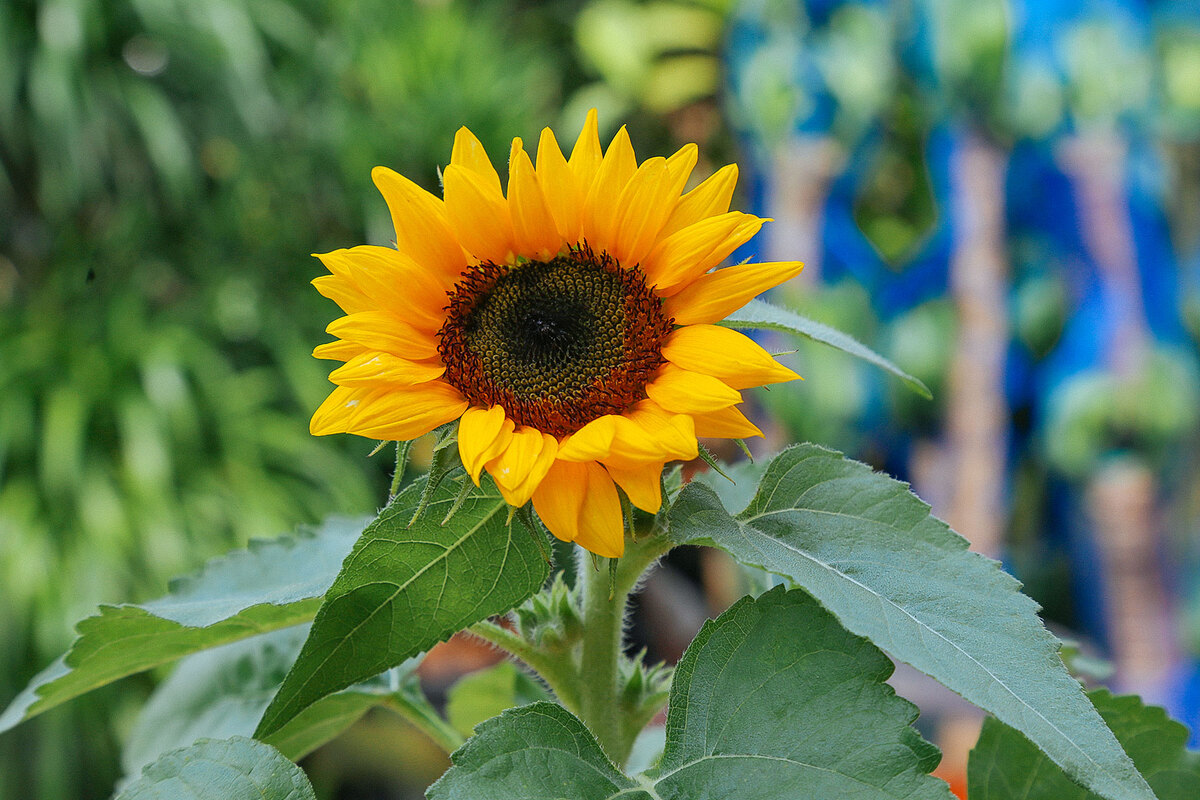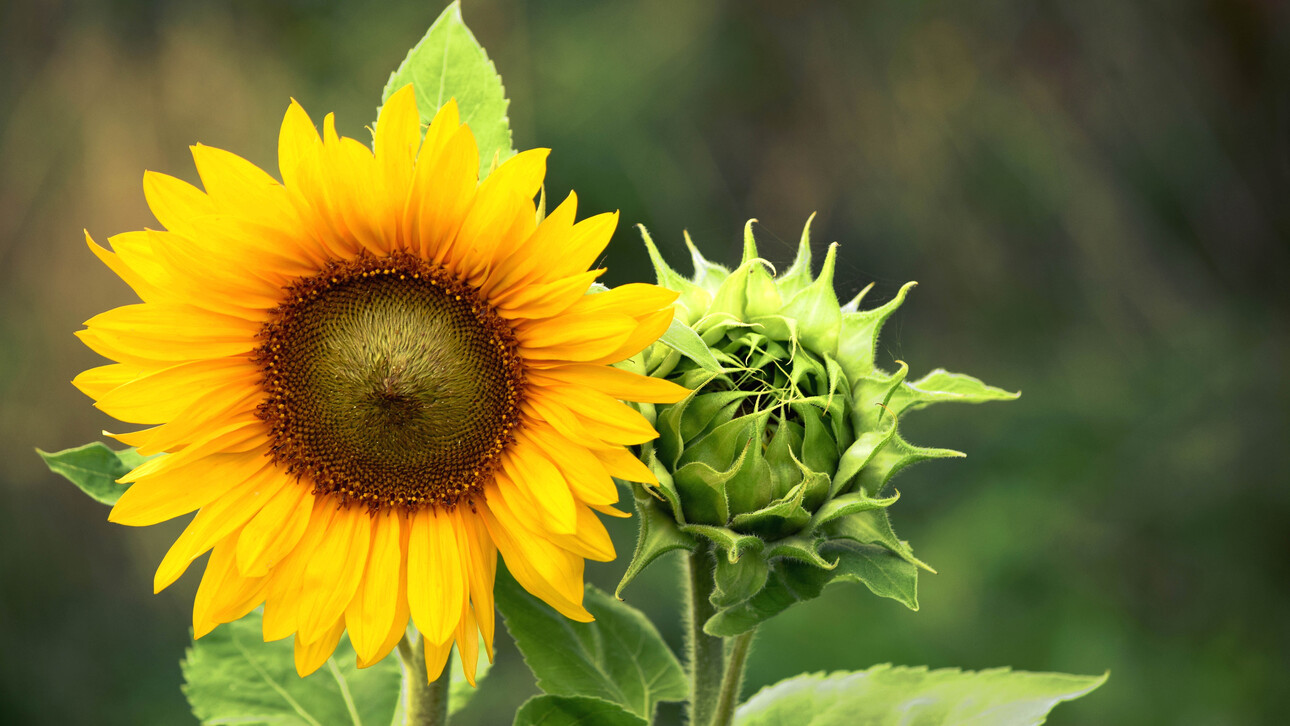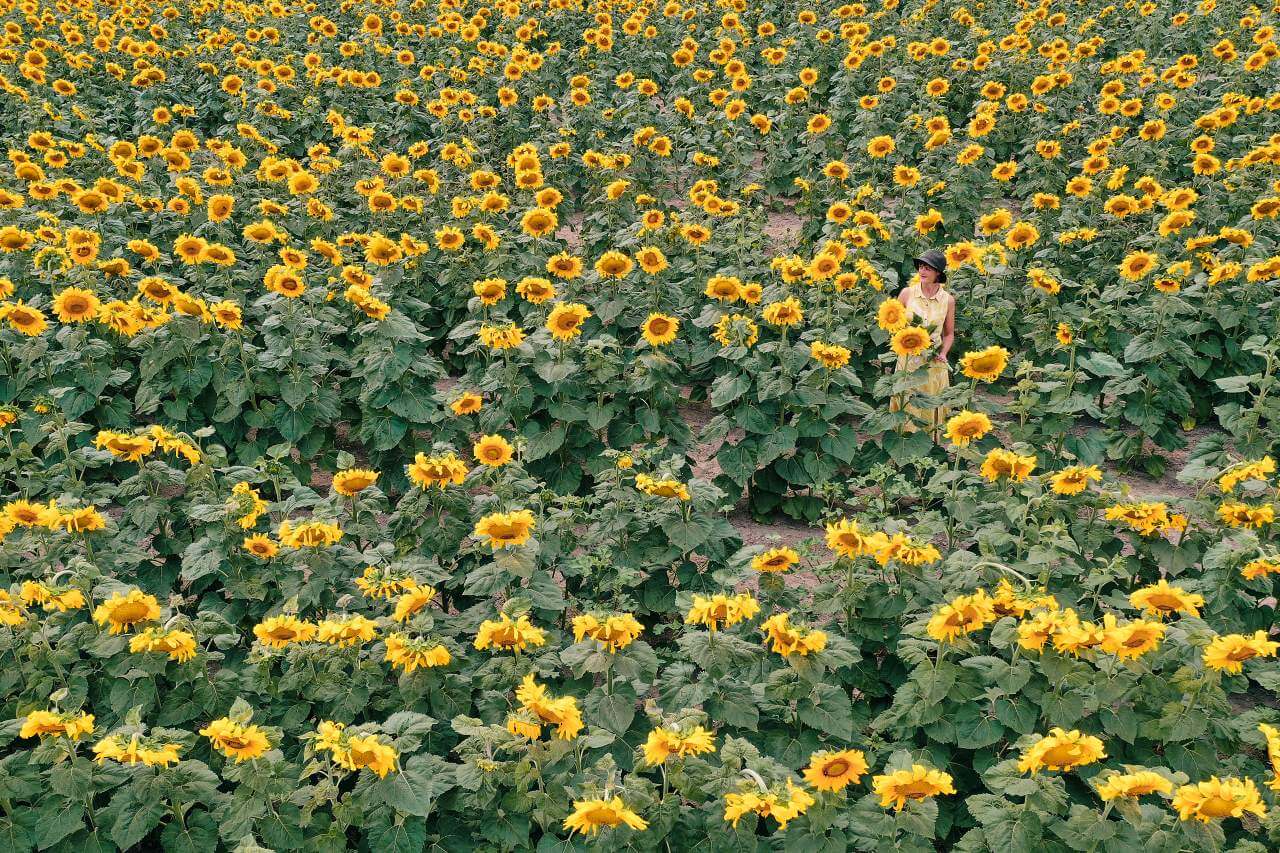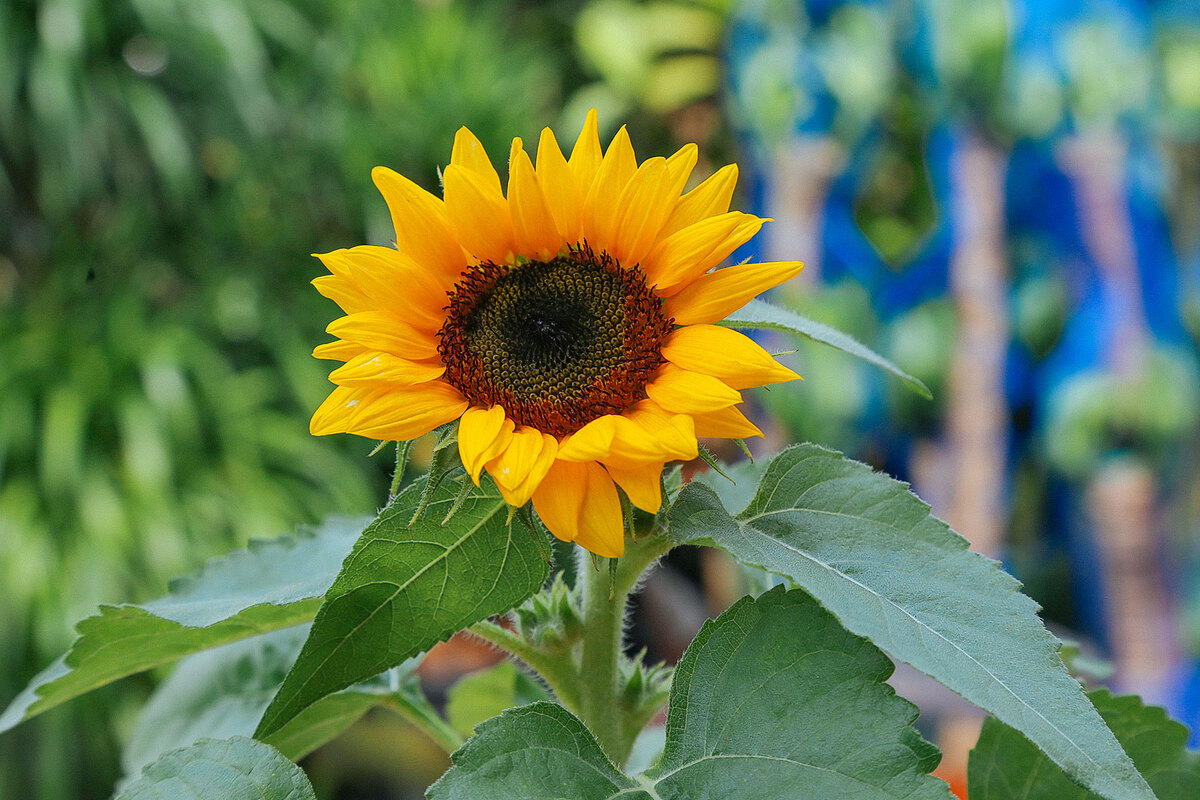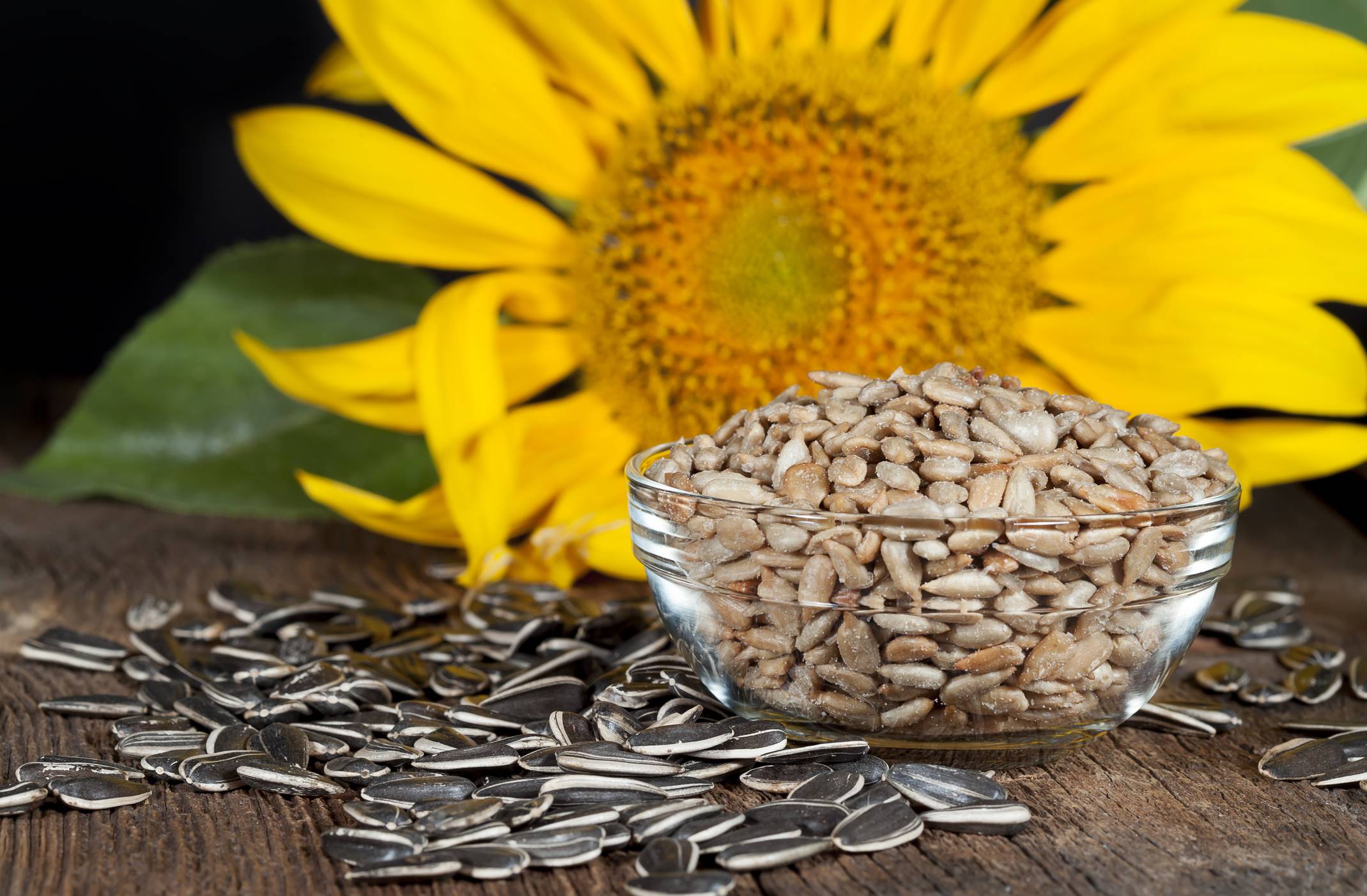Home>Types of Gardening>Ornamental Gardening>When To Plant Sunflowers In Kentucky
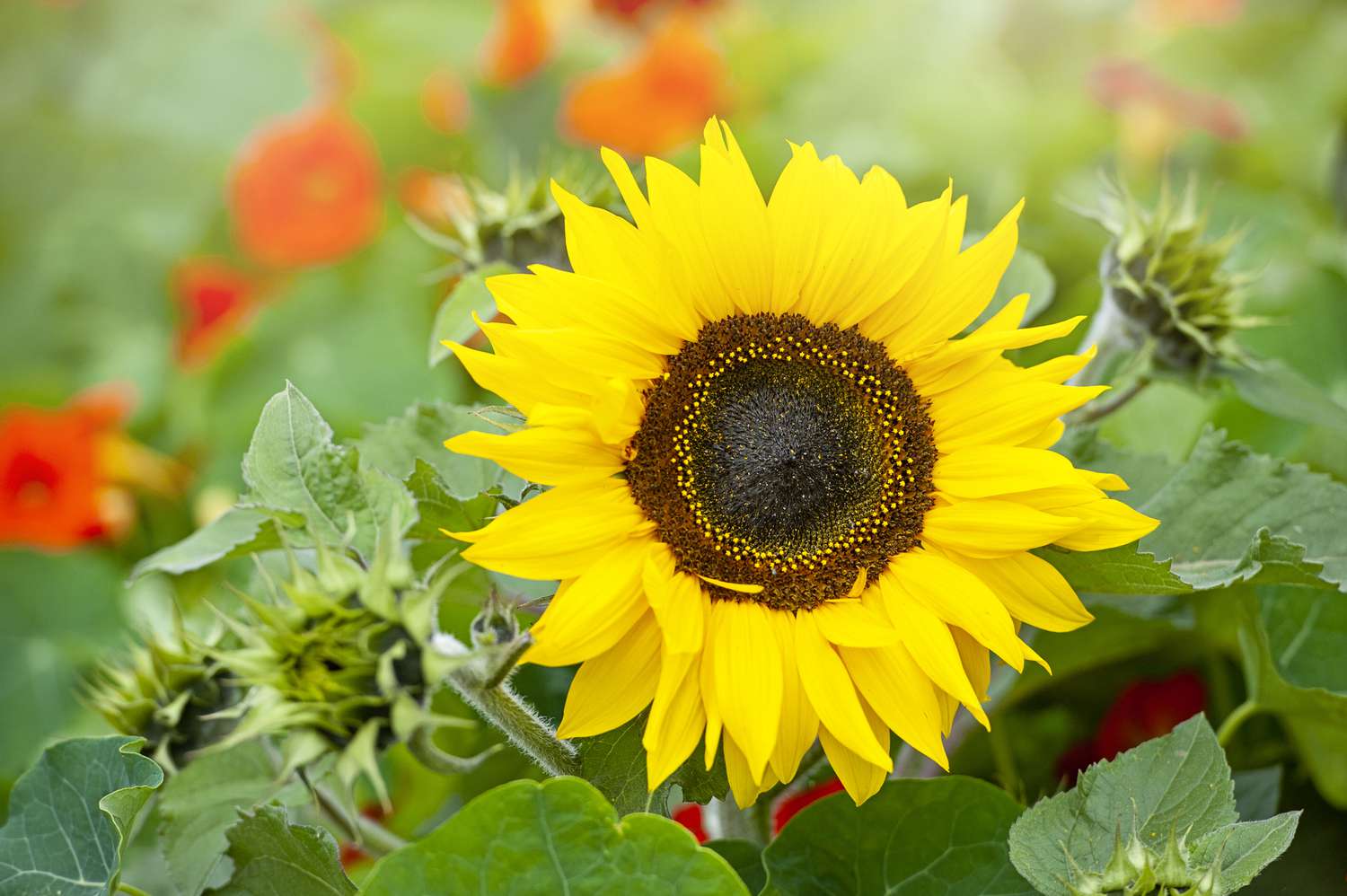

Ornamental Gardening
When To Plant Sunflowers In Kentucky
Modified: February 7, 2024
Discover the best time to plant sunflowers in Kentucky for your ornamental gardening needs. Let our expert tips and advice help you create a vibrant and beautiful flower garden.
(Many of the links in this article redirect to a specific reviewed product. Your purchase of these products through affiliate links helps to generate commission for Chicagolandgardening.com, at no extra cost. Learn more)
Table of Contents
Introduction
Welcome to the world of ornamental gardening! If you have a passion for flowers and a green thumb, then you’re in the right place. Ornamental gardening is a wonderful hobby that allows you to beautify your outdoor space and create a serene environment. One aspect of ornamental gardening that has gained immense popularity in recent years is planting sunflowers.
Sunflowers, with their vibrant yellow petals and towering height, are a sight to behold. They not only add a touch of beauty to any garden but also serve as a source of food for birds and other wildlife. Whether you’re a seasoned gardener or just starting out, growing sunflowers in Kentucky can be a rewarding experience.
Kentucky, known for its diverse climate and fertile soil, provides an ideal environment for growing sunflowers. However, it’s important to understand the unique characteristics of this region and the optimal conditions for sunflower cultivation. By following the right planting techniques and caring for your sunflowers, you can ensure a successful and bountiful harvest.
In this article, we will explore the optimal time to plant sunflowers in Kentucky, the different sunflower varieties to choose from, soil preparation techniques, and proper care during the growth process. Whether you want to create a stunning sunflower display in your garden or grow sunflowers for their seeds or oil, this guide will provide you with valuable insights and tips to help you achieve your gardening goals.
So let’s dive in and discover the wonders of growing sunflowers in the beautiful state of Kentucky!
Climate and Growing Conditions in Kentucky
Kentucky exhibits a humid subtropical climate, characterized by hot and humid summers, mild winters, and ample rainfall throughout the year. The state’s diverse topography, ranging from the Appalachian Mountains in the east to the rolling Bluegrass region in the central part of the state, creates varying microclimates. These factors play a crucial role in determining the suitable growing conditions for sunflowers.
When it comes to growing sunflowers in Kentucky, it’s essential to consider the specific needs of these plants. Sunflowers thrive in areas with full sun exposure, requiring at least six to eight hours of direct sunlight per day. Therefore, it’s crucial to choose a location in your garden that receives ample sunlight and has well-drained soil.
In terms of soil requirements, sunflowers prefer fertile, loamy soil with a neutral pH level ranging from 6.0 to 7.5. Kentucky’s soil is often rich in nutrients, making it an ideal growing environment for sunflowers. However, if your soil is heavy clay or sandy, you can improve its texture and fertility by adding organic matter such as compost or well-rotted manure.
Another important consideration for sunflower cultivation is water. Adequate watering is crucial during the early stages of growth to help establish strong root systems. While sunflowers can tolerate drought conditions to some extent, regular watering is necessary, especially during dry spells, to ensure healthy and vigorous plant development.
The climate patterns in Kentucky, with their distinct seasons, also affect the timing of sunflower planting. It’s important to understand the frost dates in your area to determine the optimal planting time and avoid potential damage to young plants. The average last frost date in Kentucky typically ranges from late April to mid-May, while the first frost usually occurs in late September to mid-October.
With the right understanding of Kentucky’s climate and its impact on sunflower growth, you can create an ideal growing environment for these stunning flowers. The next step is to explore the best time to plant sunflowers in Kentucky, which we’ll delve into in the following section.
Ideal Planting Time for Sunflowers in Kentucky
The ideal planting time for sunflowers in Kentucky depends on several factors, including the last frost date, soil temperature, and the specific sunflower variety you choose to grow. Sunflowers are warm-season plants and are highly sensitive to frost. Therefore, it’s essential to wait until the risk of frost has passed before planting them in your garden.
In Kentucky, the average last frost date ranges from late April to mid-May. This serves as a general guideline for determining when it’s safe to plant sunflowers. However, it’s always recommended to monitor local weather forecasts and consult with experienced gardeners or local agricultural extension offices to get accurate information on the specific conditions in your area.
Another crucial factor to consider is soil temperature. Sunflowers require warm soil for optimal germination and growth. A soil temperature of at least 50°F (10°C) is ideal for successful seed germination. You can use a soil thermometer to measure the temperature at a depth of 4 to 6 inches (10 to 15 cm) to ensure the soil is warm enough before planting.
Typically, in Kentucky, the soil temperature reaches the desired range by late spring, making it an ideal time to plant sunflowers. Additionally, planting sunflowers during this period allows them to take advantage of the longer days and plentiful sunlight, which are essential for their vigorous growth and flower production.
It’s worth noting that the planting time for sunflowers can vary depending on the specific variety you choose. Some sunflower varieties mature faster than others, so be sure to check the seed packet or consult with the seed supplier for information on the expected time to maturity. This will help you plan your planting schedule accordingly.
Overall, the ideal planting time for sunflowers in Kentucky falls between late April and late May, after the last frost date and when the soil temperature has sufficiently warmed. By selecting the right timing for planting, you can give your sunflowers the best chance to thrive and produce stunning blooms.
Choosing the Right Sunflower Variety
When it comes to choosing the right sunflower variety for your garden in Kentucky, you’ll be delighted to discover a wide range of options. Sunflowers come in various sizes, colors, and shapes, each with its unique charm and characteristics. Consider the following factors to select the perfect sunflower variety for your gardening preferences:
- Height: Sunflowers can vary significantly in height, ranging from dwarf varieties that grow less than 2 feet tall to mammoth varieties that can reach heights of 12 feet or more. Consider the available space in your garden and the desired visual impact when choosing the height of your sunflower variety.
- Flower Type: Sunflower varieties can have different flower types, including single-flowered, multi-flowered, or even double-flowered varieties. Each type offers its own aesthetic appeal, whether you prefer a classic sun-shaped bloom or a more intricate petal arrangement.
- Color: Sunflowers are most commonly associated with their iconic yellow petals, but there are also varieties available in shades of orange, red, and even bi-colored combinations. Consider the color scheme of your garden and personal preferences when selecting a sunflower variety.
- Maturity: Some sunflower varieties have a shorter time to maturity, meaning they will reach the blooming stage sooner than others. If you’re looking for quicker results or want to stagger your sunflower blooms throughout the growing season, consider the expected maturity time of the variety.
- Purpose: Determine the purpose for growing sunflowers in your garden. If you’re primarily interested in enjoying the beauty of the blooms, you may focus on decorative or cut flower varieties. Alternatively, if you’re looking to harvest sunflower seeds for consumption or use in cooking, consider varieties known for their large, plump seeds.
It’s also essential to consider the specific growing conditions in Kentucky when selecting sunflower varieties. Some varieties are more tolerant of heat and drought, which can be beneficial during the hot, dry summers in the region. Additionally, certain sunflower varieties may be more resistant to common pests or diseases prevalent in Kentucky.
Ultimately, the right sunflower variety for you will depend on your personal preferences, garden space, and intended purpose. Explore seed catalogs, visit local nurseries, or seek advice from experienced gardeners to find the perfect sunflower variety that will bring joy and beauty to your Kentucky garden.
Preparing the Soil for Planting
Proper soil preparation is key to providing a healthy and nutrient-rich environment for your sunflowers to thrive. Before planting your sunflower seeds in Kentucky, follow these steps to prepare the soil:
- Clear the area: Start by clearing the planting area of any weeds, rocks, or other debris. This helps create a clean and tidy space for your sunflowers.
- Loosen the soil: Use a garden fork or a tiller to loosen the soil to a depth of about 8 to 10 inches (20 to 25 cm). Breaking up compacted soil allows for better root penetration and drainage.
- Add organic matter: Incorporate organic matter, such as compost or well-rotted manure, into the soil. This helps improve soil structure and fertility by increasing its ability to retain moisture and nutrients.
- Adjust soil pH: Test the soil pH using a soil testing kit, available at garden centers or through your local agricultural extension office. Sunflowers prefer a slightly acidic to neutral pH level, between 6.0 and 7.5. If necessary, adjust the pH by adding amendments like lime or sulfur.
- Apply balanced fertilizer: Prior to planting, apply a balanced fertilizer, such as a 10-10-10 or 14-14-14 formulation, according to the package instructions. This provides essential nutrients for the sunflowers’ initial growth.
- Smooth and level the soil: Rake the soil surface to create a smooth and level base for planting. This will make it easier to sow the sunflower seeds evenly and facilitate uniform growth.
Take into consideration any specific soil recommendations provided by the sunflower seed supplier. Different varieties may have varying soil requirements, so it’s important to follow their guidelines for the best results.
Additionally, Kentucky’s climate, with its ample rainfall, can sometimes result in poorly drained soil. In such cases, consider improving drainage by incorporating organic matter or using raised beds to ensure excess water drains properly.
By dedicating some time to soil preparation, you set the foundation for healthy sunflower growth. The improved soil structure and nutrient content will help your sunflowers to establish strong roots and develop into robust plants, ready to showcase their vibrant blooms.
Sowing Sunflower Seeds in Kentucky
Now that you have prepared the soil, it’s time to sow your sunflower seeds in Kentucky. Follow these steps for successful seed planting:
- Choose the planting method: Sunflower seeds can be sown directly in the ground or started indoors and transplanted later. While both methods can be successful, direct sowing is more commonly practiced in Kentucky gardens.
- Spacing: Space the sunflower seeds according to the variety’s recommended spacing. Generally, large varieties require spacing of 18 to 24 inches (45 to 60 cm) between plants, while smaller varieties can be planted 12 inches (30 cm) apart.
- Planting depth: Sow the sunflower seeds at a depth of approximately 1 inch (2.5 cm). If the soil is heavy or compacted, consider planting the seeds slightly shallower to promote successful germination.
- Seed treatment: Some gardeners like to soak sunflower seeds in water overnight before planting to help accelerate germination. While this step is not necessary, it can provide a slight advantage in getting the seeds to sprout more quickly.
- Watering: After sowing the seeds, give them a thorough watering to ensure the soil is evenly moist. Avoid overwatering, as excessive moisture can lead to rotting or fungal diseases.
- Provide support: For tall sunflower varieties that reach considerable heights, consider providing support, such as stakes or a trellis, to prevent them from toppling over during strong winds or heavy rains.
Keep in mind that sunflowers are known for their heliotropic behavior, which means they follow the sun from east to west during the day. To maximize sun exposure, ensure you plant them in a location that receives full sun for the majority of the day.
Regular monitoring is essential after sowing the sunflower seeds. Keep an eye on soil moisture levels and watch for signs of seedlings emerging. Once the seedlings have established a few sets of true leaves, thin them if needed, allowing for proper spacing between plants.
By following these guidelines, you will be well on your way to enjoying a beautiful sunflower display in your Kentucky garden. The next step is to provide proper care for your sunflowers as they grow and develop, which we will explore in the following section.
Caring for Sunflowers During Growth
While sunflowers are relatively easy to grow, they still require proper care and attention throughout their growth cycle. Here are some essential tips to ensure your sunflowers thrive in Kentucky:
- Watering: Adequate watering is crucial during the early stages of growth to help establish strong root systems. Water the plants deeply once or twice a week, providing enough water to penetrate the soil to a depth of 6 to 8 inches (15 to 20 cm). Avoid overwatering, as it can lead to root rot or other water-related issues.
- Mulching: Apply a layer of organic mulch, such as straw or wood chips, around the base of the sunflowers. Mulching helps retain soil moisture, suppresses weed growth, and regulates soil temperature, especially during hot summer months.
- Fertilizing: Sunflowers are relatively low-maintenance plants that typically do not require excessive fertilization. However, if your soil lacks nutrients, you can apply a balanced, slow-release fertilizer once or twice during the growing season to provide additional nourishment to the plants. Follow the manufacturer’s instructions for proper application.
- Staking: As sunflowers grow taller, certain varieties may require staking or additional support to prevent them from bending or toppling over. Install stakes or a trellis near the plants early on and tie the stems gently to provide stability against strong winds.
- Pest and disease control: Sunflowers are generally resistant to many pests and diseases. However, keep an eye out for common problems like aphids, caterpillars, or powdery mildew. Regularly inspect your plants and take appropriate measures, such as applying organic insecticides or removing affected leaves, to control any infestations or diseases.
- Deadheading: To encourage continuous blooming and prevent seed formation, consider deadheading your sunflowers. Remove spent flowers by cutting the stem just above a set of leaves or lateral bud. This redirects the plant’s energy towards producing more flowers.
It’s also important to monitor the weather conditions in Kentucky and take appropriate measures to protect your sunflowers during extreme weather events. For example, during heavy rains or storms, you may need to provide additional support or shelter to prevent damage to the plants.
By following these care guidelines, you can ensure your sunflowers remain healthy and vibrant throughout their growth. As your sunflowers reach their peak and begin to show signs of maturity, it will soon be time to harvest their beautiful blooms, which we will explore in the next section.
Harvesting Sunflowers in Kentucky
Harvesting sunflowers in Kentucky is an exciting and rewarding process. The timing of the harvest largely depends on the intended use of the sunflowers, whether it’s for their bright blooms or the delicious seeds they yield. Here’s what you need to know about harvesting sunflowers:
- Harvesting for flowers: If your main goal is to enjoy the vibrant blooms of your sunflowers, harvest them when the flowers are fully open and at their peak of color. Look for firm petals and a fresh appearance. Cut the main stem of the sunflower just below the flower head using sharp pruning shears or a knife.
- Harvesting for seeds: If you’re growing sunflowers for their seeds, timing is crucial. Wait until the back of the flower head turns yellow and the petals have dried and fallen off. The seeds should feel firm and fully developed. To harvest the seeds, cut the flower heads with a few inches of stalk attached.
- Drying the flower heads: Regardless of whether you’re harvesting for flowers or seeds, it’s important to dry the flower heads before further use or storage. Hang the flower heads upside down in a well-ventilated area, such as a garage or shed, allowing them to dry completely. This process can take several weeks.
- Extracting the seeds: Once the flower heads are dry, gently rub the heads to release the seeds. Collect the seeds into a bowl or container, discarding any debris or empty shells. Store the seeds in a cool, dry place in an airtight container or bag for future use or consumption.
Remember to save a few flower heads for bird feeders or to provide wildlife with a natural food source during the winter months. Sunflower seeds are a favorite treat for birds such as finches and jays.
Don’t forget to enjoy the beauty of your harvested sunflowers! Use the fresh flowers in floral arrangements or dried flower crafts, and savor the delicious, nutritious seeds in baking, cooking, or simply as a healthy snack.
Harvesting sunflowers in Kentucky marks the culmination of your gardening efforts. It’s a time to appreciate the fruits of your labor and reflect on the joys of growing these magnificent flowers in your own backyard.
Conclusion
Growing sunflowers in Kentucky is a delightful and fulfilling experience for any gardener. With its diverse climate, fertile soil, and ample sunshine, Kentucky provides an ideal environment for these stunning flowers to thrive. From choosing the right sunflower variety to preparing the soil, sowing the seeds, and providing proper care throughout their growth, each step plays a vital role in ensuring a successful harvest.
By understanding the climate and growing conditions in Kentucky, you can make informed decisions about the ideal planting time and suitable sunflower varieties for your garden. Preparing the soil with organic matter and providing appropriate watering and fertilization contribute to strong and healthy sunflower growth.
As your sunflowers mature, remember to take pleasure in the beauty of their blooms or harvest their seeds for culinary use. Whether it’s enjoying the vibrant colors in a bouquet, filling bird feeders, or extracting delicious seeds, sunflowers offer endless possibilities for enjoyment and nourishment.
Throughout the journey of growing sunflowers in Kentucky, embrace the lessons learned, the joy of nurturing life, and the beauty that nature provides. Gardening is a continuous learning process, and each season brings new discoveries and opportunities to grow both as a gardener and as an individual.
So, roll up your sleeves, grab your gardening tools, and embark on the journey to cultivate your own sunflower oasis in the beautiful state of Kentucky. As you witness the sweeping majesty of these magnificent flowers, may your garden be filled with joy, beauty, and a sense of fulfillment from growing sunflowers in the heart of Kentucky.
